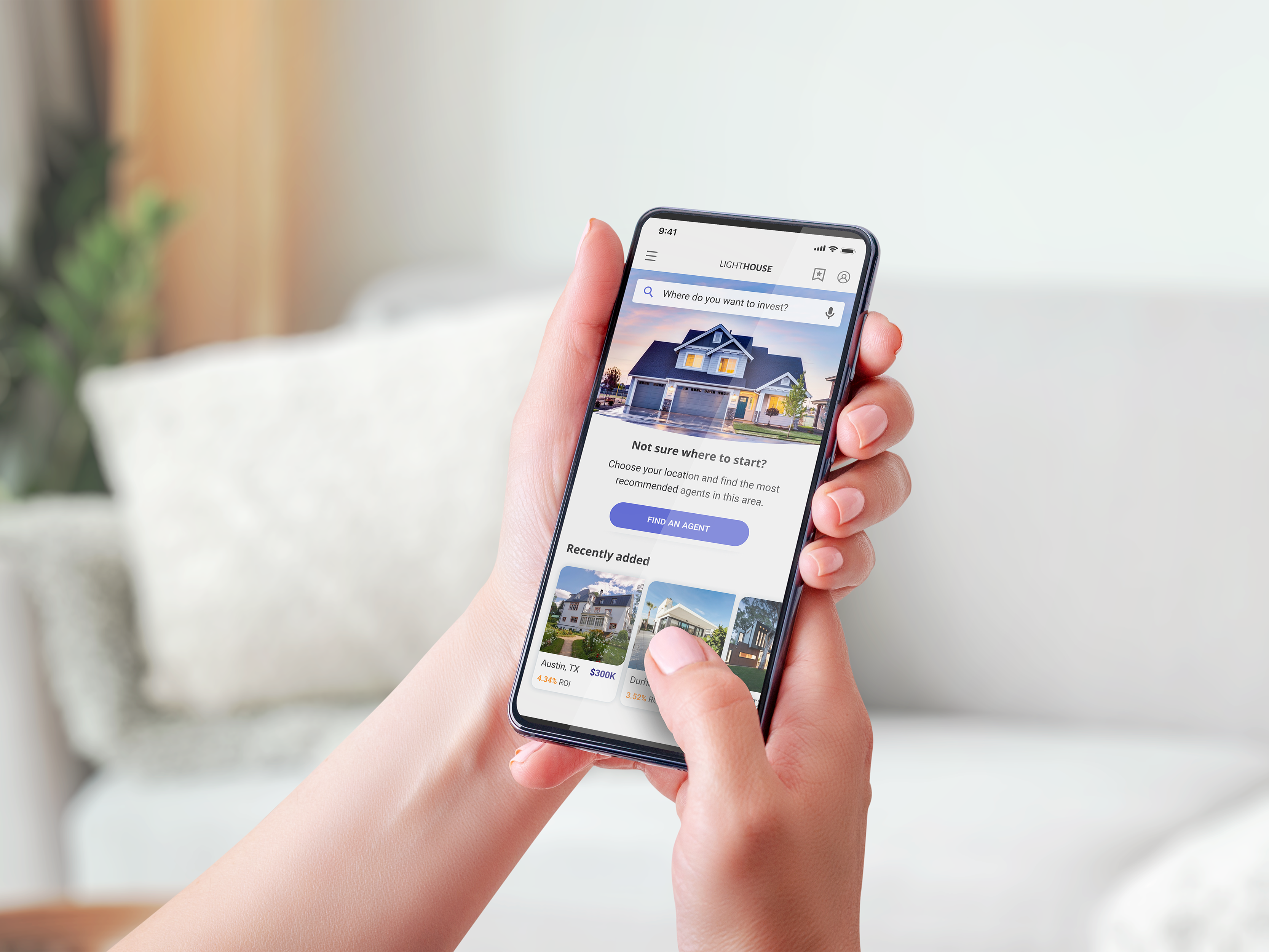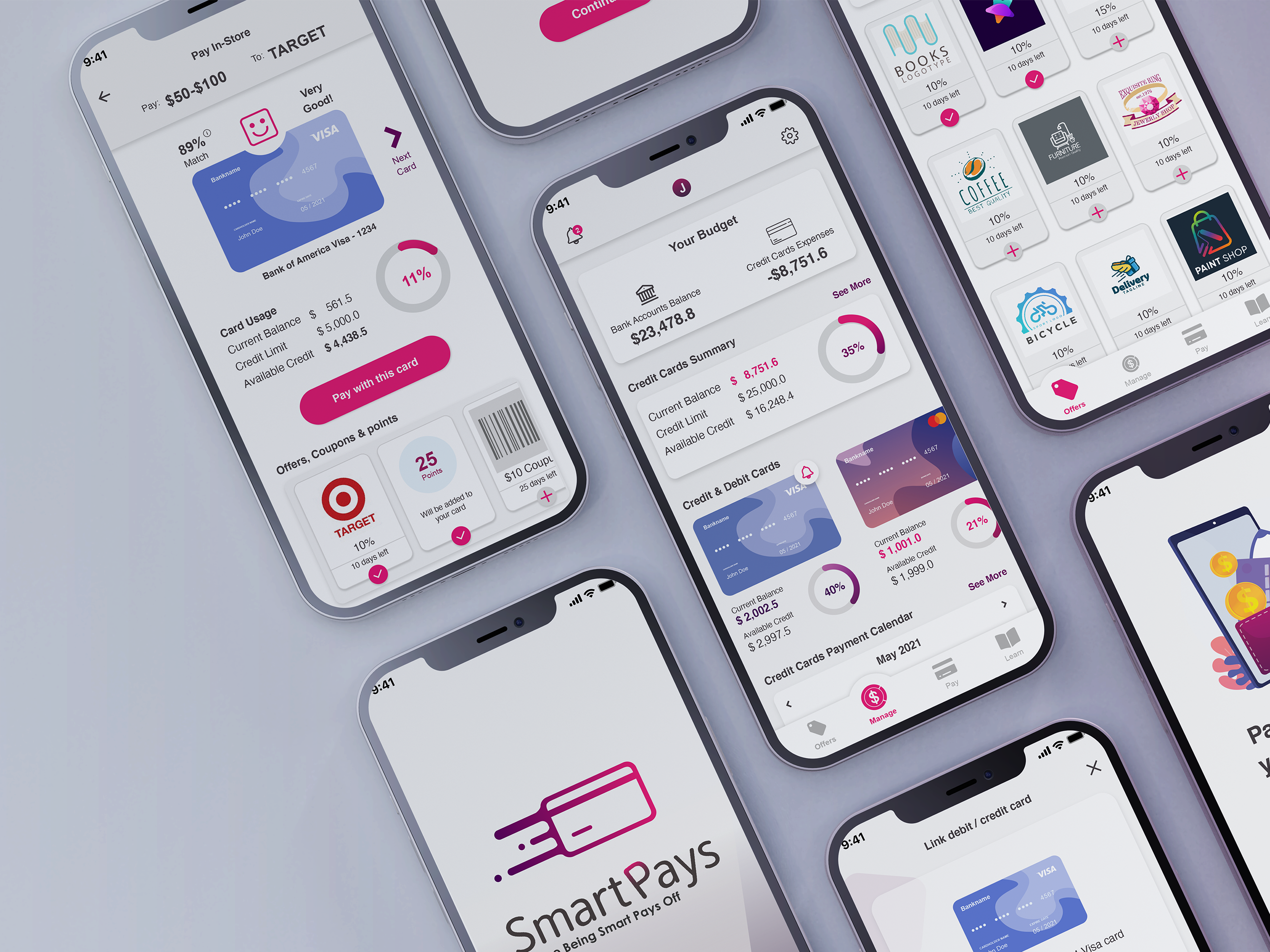SWITBOX
Advertising is for everyone
Millions of small businesses struggle with the time, money, and expertise needed to run effective advertising. Switbox vision is to democratize the best tools for advertising by making them simple, effective, and friendly for everyone, especially for the small businesses of the world.
Role: UX/UI designer & Branding
Type: Design a desktop version
Timeline: Jan 2021 - Sep 2021
-01-
Discover
Who needs Switbox?
I joined Switbox's team during the early stages of the company (pre-seed) and after the entrepreneurs conducted interviews to better define the problem that SMBs face when trying to advertise their business.
The main insights from the interviews regarding SMBs challenges were:
Where to start?
Small business owners don't have the necessary advertising expertise and as a result, are struggling to find the right platform to advertise their business in.
How much to invest?
For small businesses, the advertising budget is limited and they don't know how much they should invest for an effective campaign.
How to use the different platforms?
Advertising in multiple channels requires interaction with different platforms, each with its own specific characteristics. Managing campaigns on different platforms is both challenging and time-consuming.
How to measure success?
It takes time for a campaign to show results. Small businesses are looking for fast returns on their money as they depend on monthly cash flow.
-02-
Define
The product design started with a quick MVP. The MVP capabilities were limited but they included the main parts of the product. The goal of this stage was to test users' interests, special requirements, and how they interact with the product.
After testing the idea with 4 users we had a better definition of the problem statement and the potential users.
Defining the problem
The problem statement
Small business owners with limited resources need a simple and intuitive way to advertise their business in order to gain more customers. Using existing tools requires marketing experience and time that are not available for most SMBs.
The hypothesis
By creating a platform that provides automatic advertising services, SMBs can focus on their core business while gaining new customers from successful advertising campaigns.
Personas
Based on the findings of the interviews and the early stage MVP we were able to better define the potential users, their needs, and pain points:
Main characteristics:
Looking for simplicity - These users won't use complicated platforms.
Want to be involved in the result but not in the process - The typical user doesn't want to waste time learning new things and would prefer that the process is done for them.
Expecting fast results - Small businesses are looking for fast returns on their investment as they depend on short monthly cash flow.
User Flow
The MVP allowed us to better define the desired users interacting with the product. We divided the process into three parts: Completing a questionnaire & sign-up process to receive a recommended advertising plan; Creating & launching the campaign on the chosen platforms; Managing running campaigns.
-03-
Ideate
After having a better definition of our potential users, and understanding their needs, frustration points, and requirements we set out to design the user experience for each part.
Questionnaire
Getting to know the business type and its unique characteristics.
The problem
The preliminary product had a long and complicated questionnaire. We were looking for a questionnaire that will be easy and clear for the users on one hand while providing us with the required information to create a successful campaign for each platform (Google, Facebook, etc.).
The solution
• Defining the information we need to create a successful campaign and reduce it to the minimum number of questions required.
• Dividing the questionnaire to separate pages according to subjects with a limited number of questions per page.
• Adding a progress bar to let users know where they are in the process.
Set advertising budget
Decide how much to invest in the advertising campaign.
The problem
During early-stage interviews, we noticed most small business owners find it hard to decide how much they want to invest in an advertising campaign.
We noticed a few patterns:
• The user doesn't know how much they should invest.
• The users will usually invest the minimum required or not much above it.
• The users want to know how much traffic their investment will create to decide on the budget.
The solution
• Add a minimum investment to the budget slider. This was done after research about the minimum budget needed for an effective campaign.
• Add information cards with the anticipated number of advertising channels, views, and interactions for a certain budget.
Pre-launch
In this stage, users review their advertising plan, create the campaign ads, and can update the budget before launching their campaign.
(For the MVP, users were required to write their ads. The end goal was to have an AI-based tool that will generate the ads and let the users review and edit them.)
The problem
There are a few obstacles for users before they decide to launch their advertising campaign. Those include having an available marketing budget, creating the campaign ads themselves, and being ready to commit.
The solution
• Allowing users to receive their advertising plan free of charge.
• Allowing users to edit their campaign and budget before launching.
• Educating users about the process with articles and blogs about advertisements.
Post-launch
After launching their campaign, users should be able to review its results, make adjustments and pause or update it at any time.
The problem
How to design a platform that presents the campaign results from different channels in an easy and clear way while also allowing control over the running campaign.
The solution
• Designing a dashboard with a home screen that groups the most relevant information.
• Designing designated pages for budget and ads for editing and updating running campaigns at any time.
• Developing advanced options for premium users (This option was not developed for the MVP)
-04-
Design
Design system
The goal was to make digital advertising easy and simple but also make the process fun and engaging.
For the product branding, I've chosen bright and vivid colors that provide an atmosphere of an easy and friendly product that is directed to younger users and early adopters of new technology.
UI Framework
Since the product is related to business management and required users to add images and marketing text, we hypothesized that most users will use a desktop to manage their campaign. This led us to develop the desktop version first with selected responsive pages for mobile users.
Questionnaire
Designing clean and simple screens for the questionnaire that will be easy to follow and quick to complete.
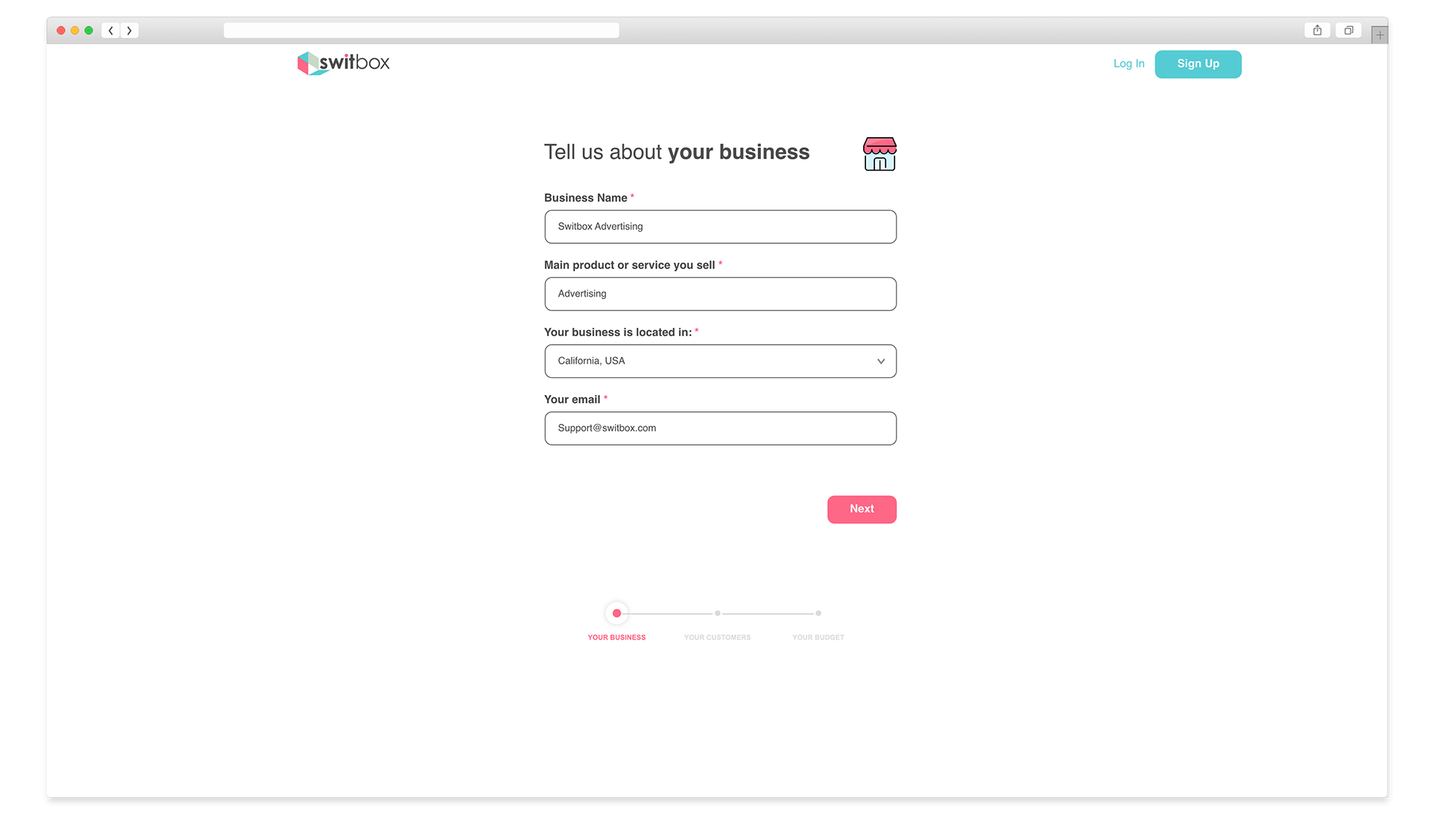
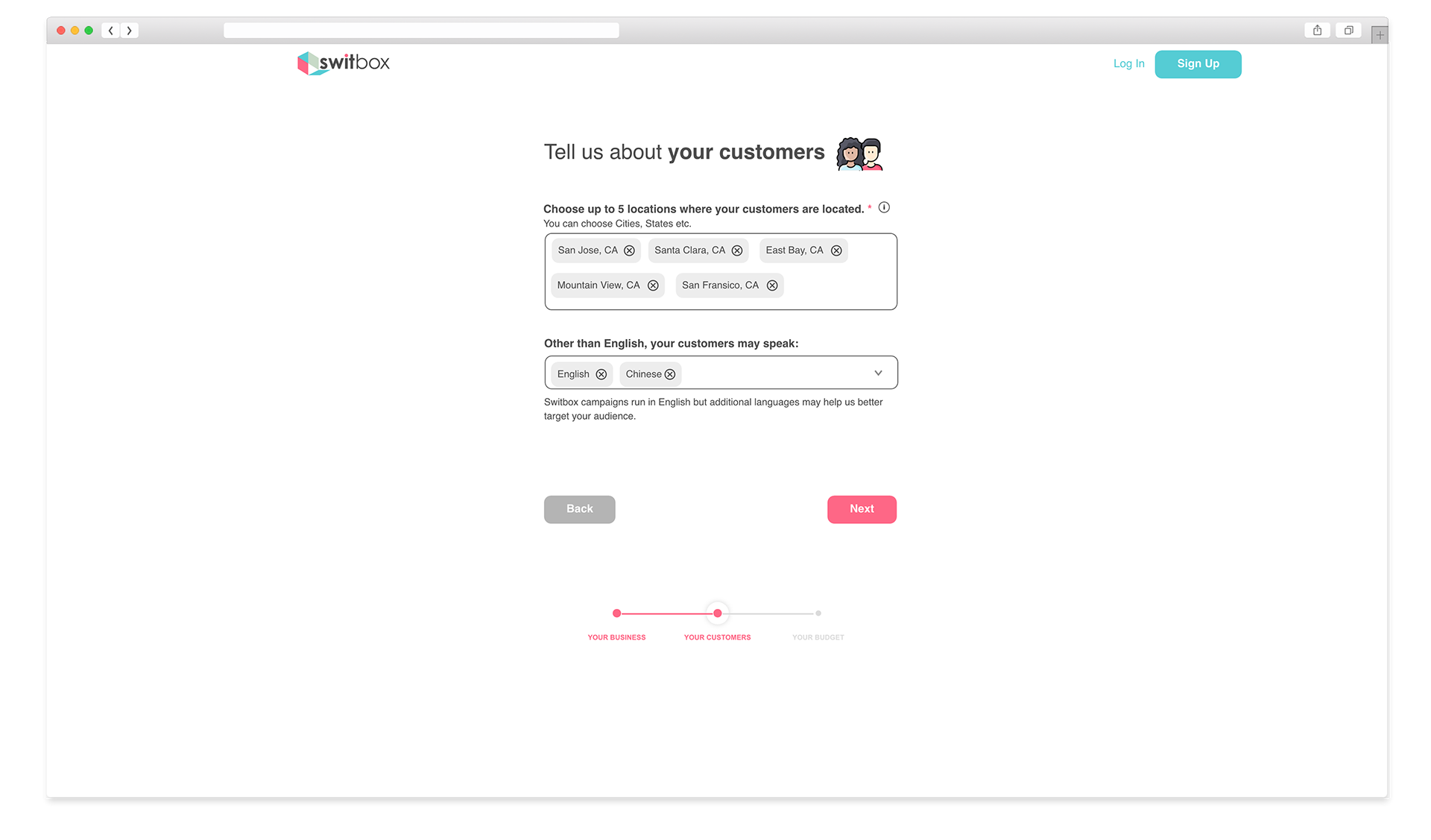

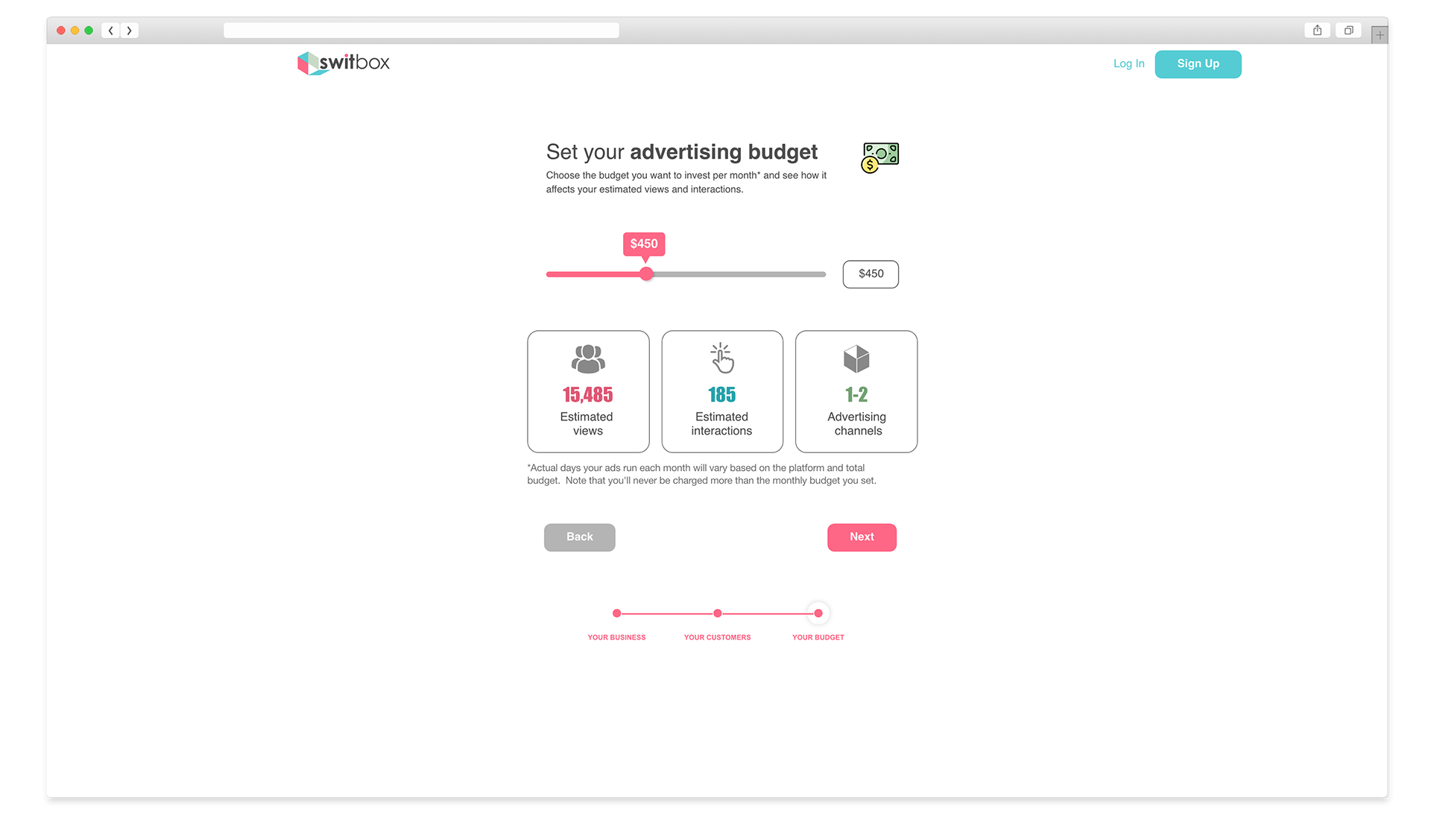
Dashboard
The original product had a different design for pre and post-launch. During the design process, we realize that the tasks required before and after launching a campaign are very similar. By introducing the users to a limited version of the dashboard in the pre-launch stage users can evaluate the product they will receive when launching the campaign, and be familiar with the product after the launch. the dashboard design also provides us with the flexibility needed once we go further to develop the product.





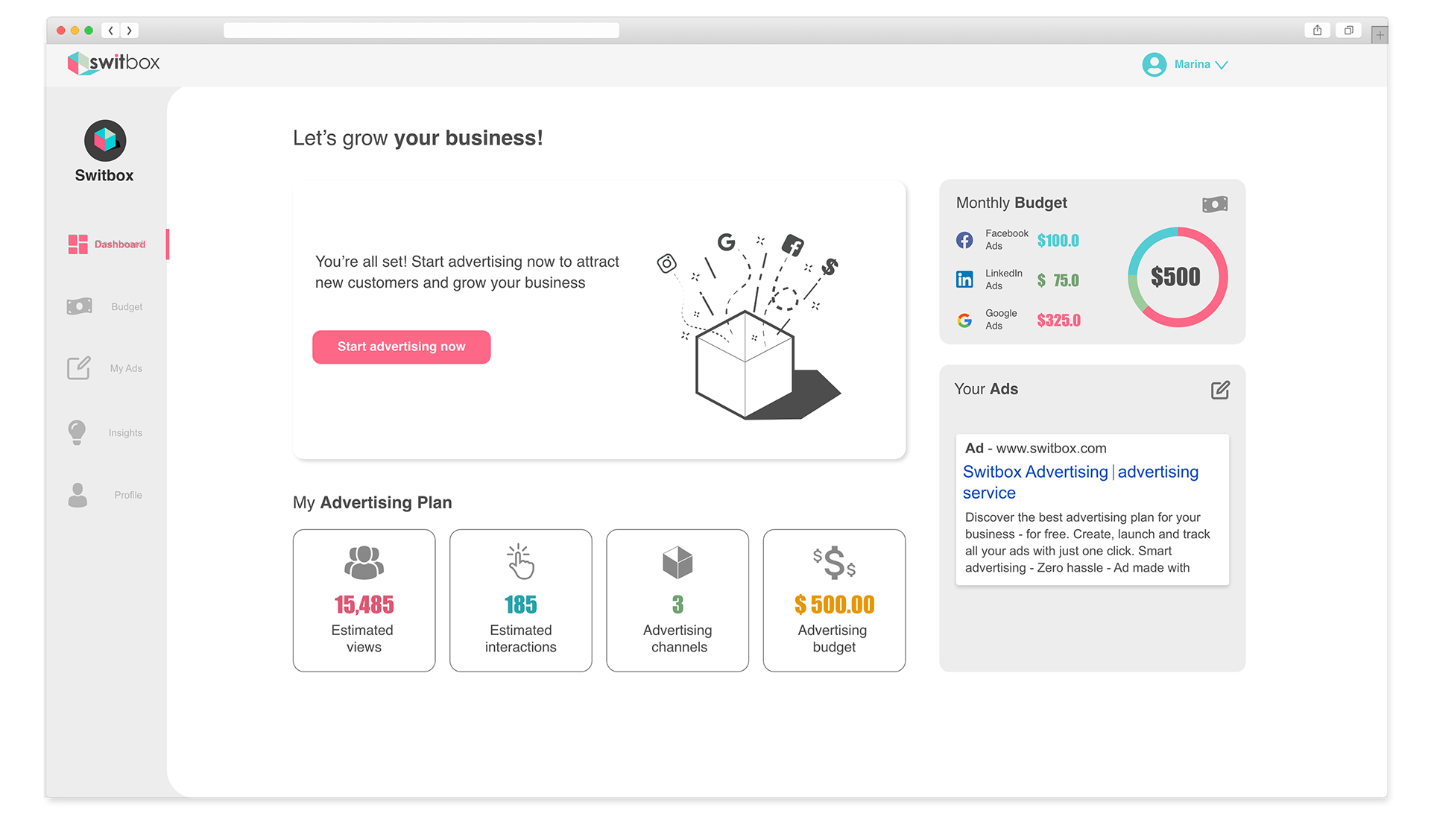

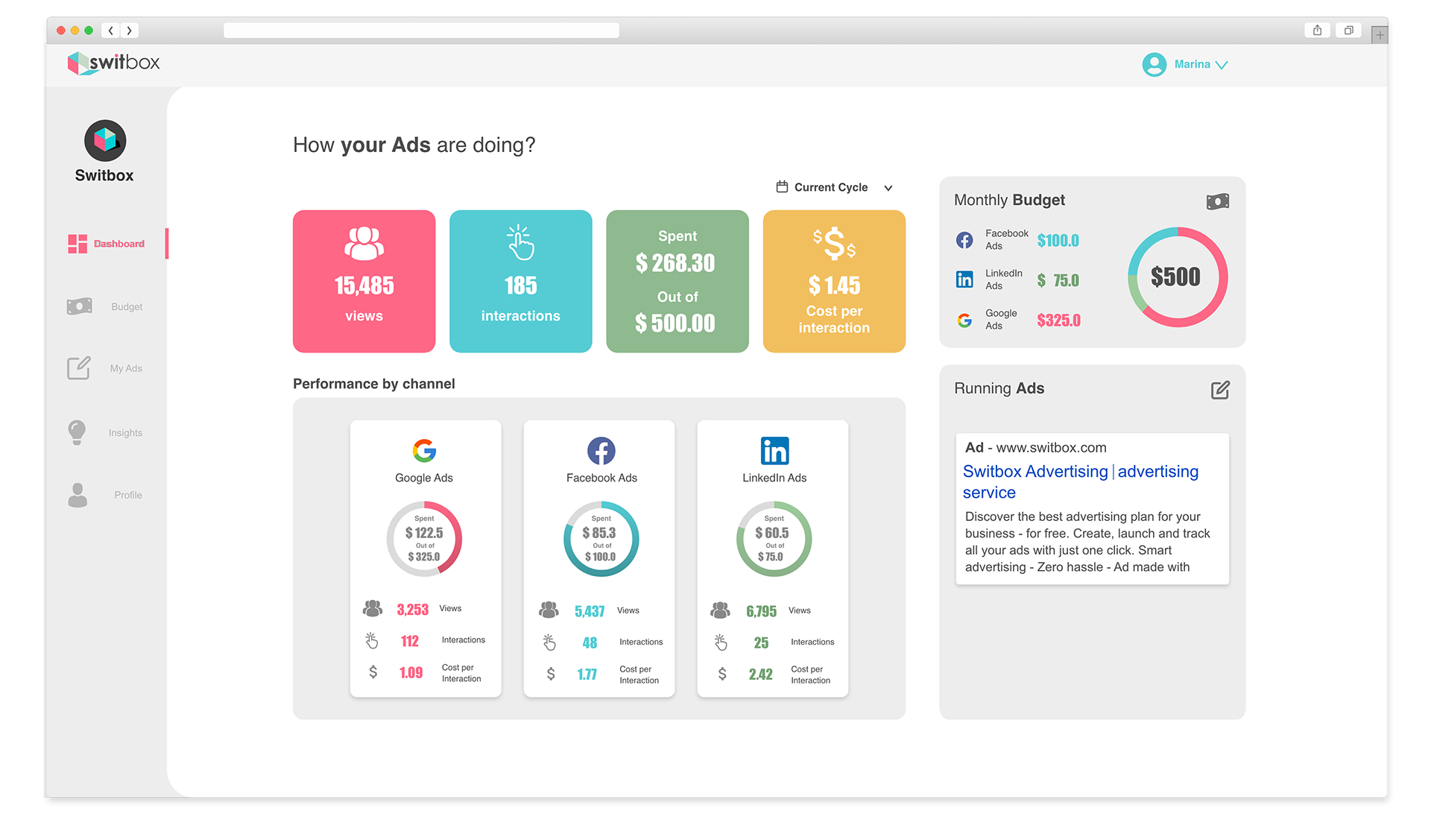
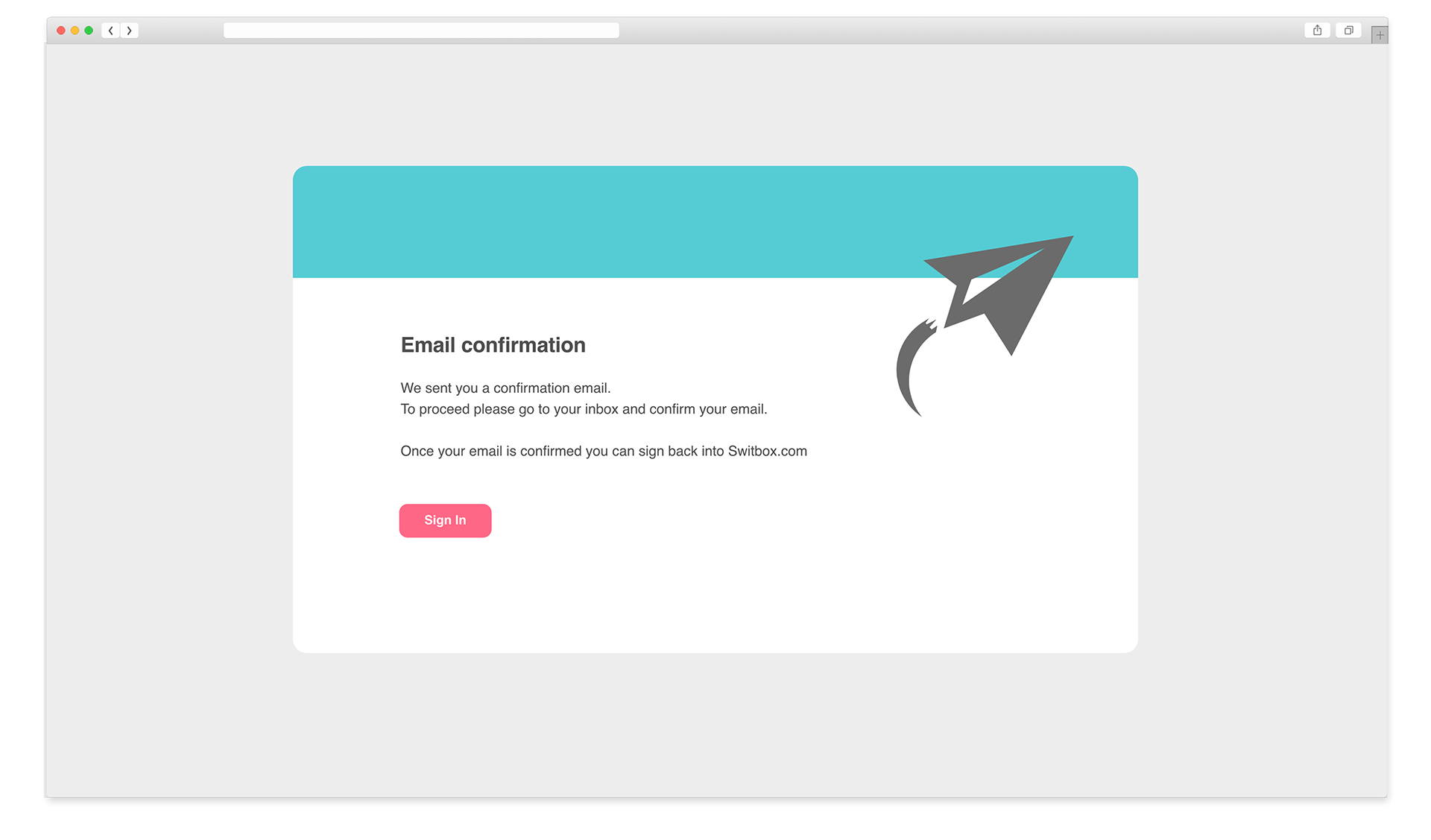

-05-
Reflection
We conducted usability tests for the new design and learned about the challenges users encounter when interacting with the product. These insights led us to adjust and improve the product with a focus on the user.
Questionnaire - We improved the questionnaire's flow and simplifies previously unclear questions.
Ad Creation - As much as we wanted to simplify the process for users, for the MVP we decided to let them create their own ads. During the usability tests, we noticed this is a confusing and complicated part for most users. Since the technological solutions were limited at this stage we were looking for different solutions to simplify the process including adding coach marks or modals that explain the process.
Dashboard - We improved the interaction with the dashboard for users that didn't launch their campaign yet by directing them to the ad creation stage, and added a clear CTA.
What's next
During the early stages of testing, after having paying customers and evaluating the financial and technological challenges the product is facing, the entrepreneurs decided not to continue developing the product. Although this product is not going to be developed any further I was lucky to learn a lot in the process. I've learned about the importance of interacting with the users during the development process and gained experience in designing and executing a product, working with the engineers, conducting usability tests, and improving my skills as a designer. 
